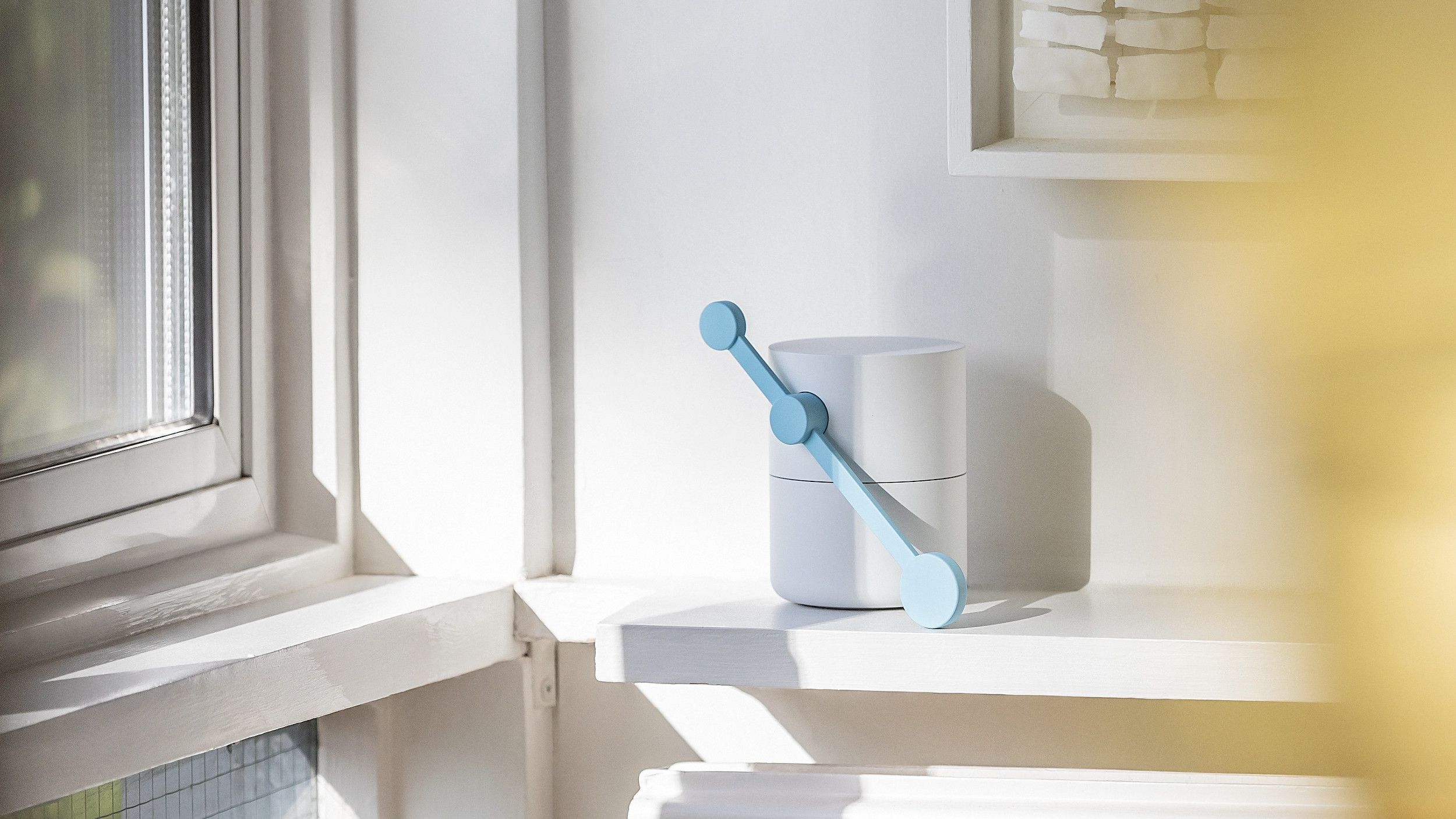When we think about notifications, the first things that come to mind are blinking LEDs or that familiar ding sound, triggered by the arrival of a new message or perhaps by a shopping app to remind of a long-forgotten item on the wishlist. But humans can pick up sensory cues in numerous other ways, and Google’s now experimenting with just that, looking for new methods to subtly signal for attention while keeping intrusion and distraction at the absolute minimum.
Designed by London-based studio Map Project Office in collaboration with Google’s Seed Studio, Little Signals is a new Google experiment that imagines various shapes of ambient computing devices in the future. It uses six conceptual objects, each with unique innovative ways to perform the simple act of notifying:
- Air interacts with its close surroundings. Pulses of air move nearby items, like the leaves of a plant, to attract attention.
- Button combines scale and sound to communicate and provide control. The top twists – right for more details, left for less – and grows as it receives information. It plays a tone when full.
- Movement features seven pegs that graphically represent information – like a calendar or timer– through their height and motion. The pegs work individually or as a group, and are tapped for simple input.
- Rhythm generates ambient sounds. Qualities of the melody convey qualities of the information, like its importance, urgency, or tone. A wave over the object, or simply turning it over, mutes it.
- Shadow communicates through the movements of the shadow it casts. They show the object’s status, like gently breathing when active or stretching in response to presence.
- Tap makes use of surfaces to create sounds that act as notifications. A stronger tap means more pressing news.
Efforts are being made to come up with new ways for users to interact with tech. A recently exposed Google patent showed that the company’s been working on a 'skin interface' (gesture control via the user's skin), which can be applied to a range of products, particularly wearables such as smartwatches and earbuds. But this is perhaps the first time that more ways of the reverse – technology communicating to us – are being tried out.
While not explicitly mentioned, smart home devices are the most likely to use any of the six aforementioned modes. The entire thing is obviously still in its experimental stages, but Google has detailed a tutorial on how you can build the six devices yourself using Arduino.

